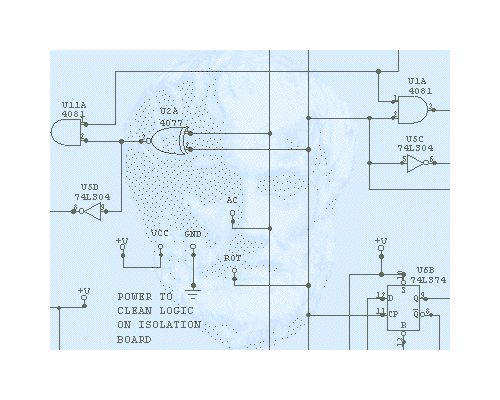
Logic is ancient and modern, at the same time. This is what the overlay of Aristotle and a Boolean circuit diagram represents.
Any dictionary will tell you that logic, ever since classical Greek times, is the study of principles underlying correct arguments, or something along those lines. Such definitions, however, don't go very far towards providing a good picture of just what logic is. In this introduction, we'll take a closer look at the nature of logic, introducing a few fundamental notions along the way.
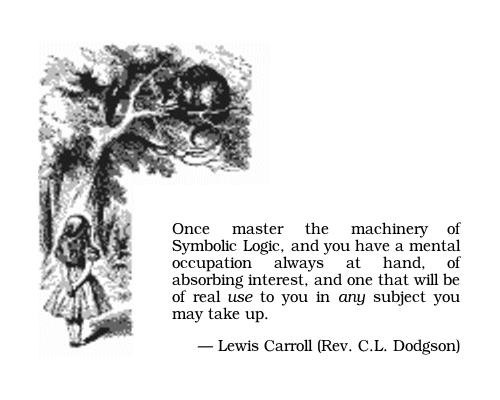
We begin the course by taking a general look at the nature of logic,
starting with the fundamental notions of arguments and statements. These notions are at the heart of the machinery for symbolic logic. "Once master the machinery of Symbolic Logic," says Lewis Carroll (a.k.a. the Reverend Dodgson) in his book 'Symbolic Logic', "and you have a mental
occupation always at hand, of absorbing interest, and one that will be
of real use to you in any subject you may take up."
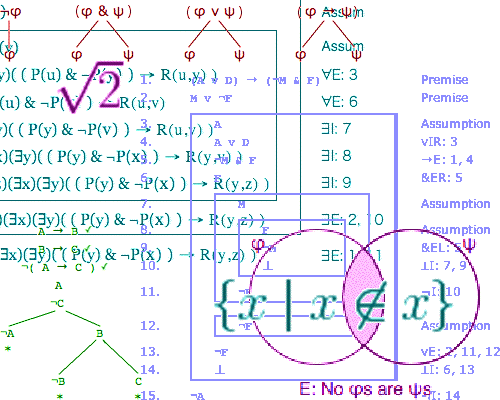
In this chapter, we'll also briefly consider the symbolic nature of
logic, which will be the main theme of the remainder of this course,
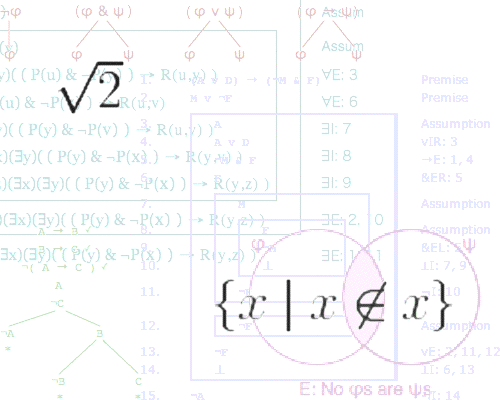
and take a look at two important proofs from mathematics, in order to
get a feel for how important and useful logic can be.
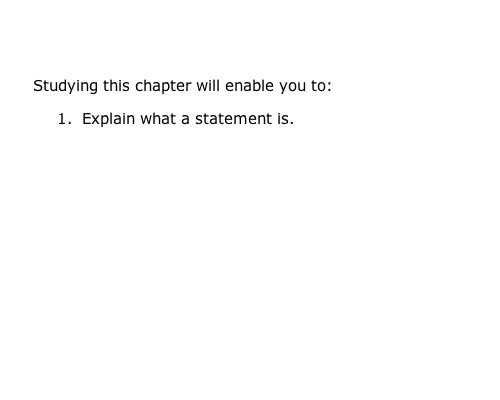
Studying this chapter will enable you, first, to explain what
statements are, and discuss how they are related to sentences of
natural language.
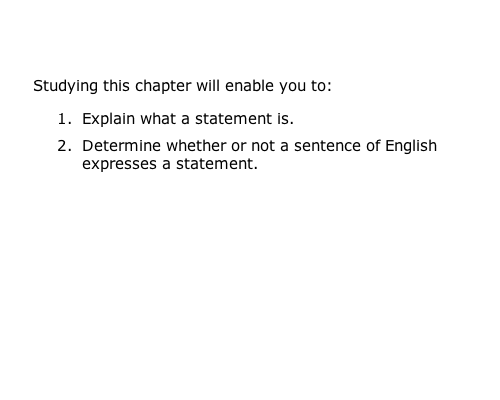
You will then learn to determine whether or not a sentence of English
expresses a statement, and if it does, to identify the statement
expressed.
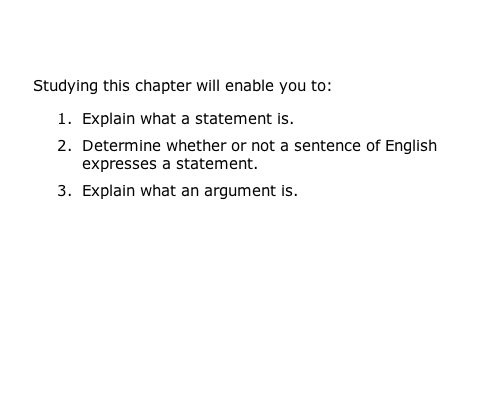
From there we continue on to study arguments, which will allow you to
explain what an argument is, and to determine whether or not a passage
of text constitutes an argument.
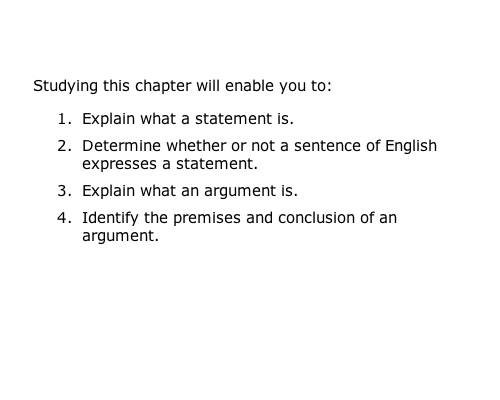
Given an argument, you will also be able to identify its premises and
conclusion, and to present the argument in standard form.
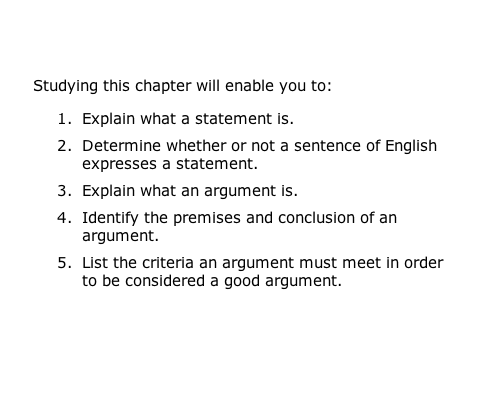
Finally, you will be able to explain the criteria an argument must meet
in order to be considered a good argument, and why each of those
criteria is necessary.








